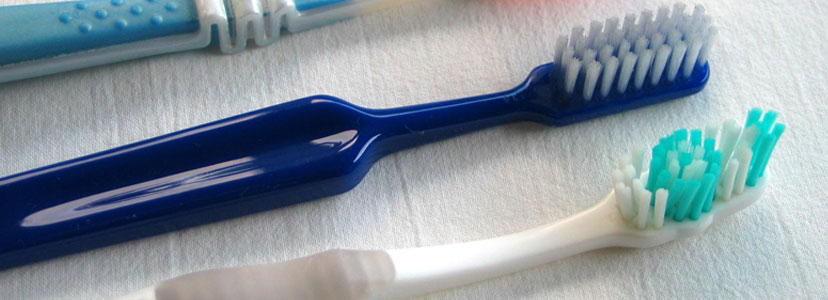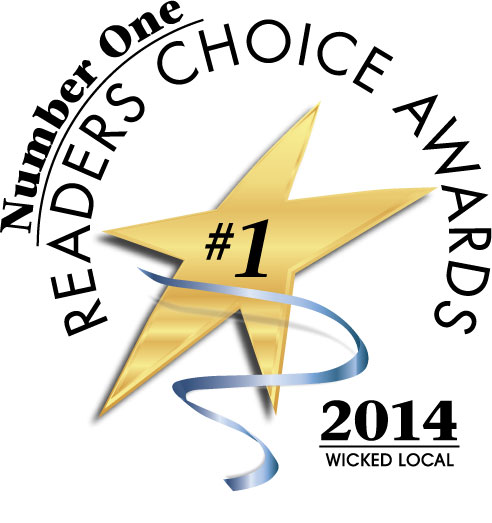
Family Dentistry 101: Brushing your teeth!
Proper brushing is the key to good oral health. Patients often ask which type of toothbrush is best, manual or electric. Truth is that both types of brushes can adequately do the job, but like any other tool, it needs to be used properly in order to maximize the benefit that it is meant to provide.
Manual Toothbrush
The manual toothbrush has been around for a very long time. It continues to be proven to thoroughly clean teeth with proper brushing technique. It comes in many colors, sizes, styles, and bristles from which to choose. You can find many brush heads and handles with advanced technology designs. Some brush heads feature multiple types of bristles such as polished and rounded tips, textured, crisscrossed, and even multilevel bristles. Some even have tongue cleaner pads.
The manual toothbrush is light weight and inexpensive. It requires no batteries or charging. It is easy to travel with.
Power/Electric Toothbrush
There are different types of power/ electric toothbrushes with varying technologies –vibrating, sonic and oscillating/ rotating. Battery powered brushes are similar in design to manual brushes and offer just enough vibration to add some extra cleaning action. They may be good for people who want a bit of power but are not quite ready for an electric toothbrush.
Rechargeable electric toothbrushes are the kind you plug in to recharge, keeping the handle and replacing the brush head every three months. These brushes differ with the kind of technology they use such as sonic or oscillating / rotating. Most choices come with built in timers that will help promote longer brushing habits. Some have pressure sensors that signal when you’re brushing too hard. Many have different specialized modes for sensitive teeth and massaging gums.
Electric toothbrushes can be easier and more fun for children and therefore encourage improved brushing because it is less of a chore. People with arthritis and other issues with manual dexterity may find the electric toothbrush helpful. Electric toothbrushes provide better results with less effort.
Electric Toothbrush vs Manual Toothbrush
The purpose of a toothbrush is to remove plaque in order to prevent tooth decay and gum disease. Early models of electric toothbrushes truthfully were not much different in their ability to remove plaque than manual brushes. With research and technology, the electric toothbrush has evolved and studies have proven that some models, particularly those with oscillating/rotating bristles, remove significantly more plaque than a traditional manual toothbrush.
Brushing your teeth should not be complicated, but as with most things in life, there is a right way and a wrong way. Proper brushing is essential for cleaning teeth and gums effectively. Your brushing technique will depend on the type of toothbrush you are using.
When using a manual toothbrush, chose a brush with soft, nylon, round ended bristles that will not scratch and irritate teeth and gums. Place bristles along the gum line at a 45 degree angle. Hold the toothbrush sideways against your teeth with some of the bristles touching your gums. Tilt the brush so the bristles are pointing at your gum line. Bristles should contact both the tooth surface and the gum line. Gently brush the outer surfaces of the teeth moving the brush back and forth with short strokes. The tips of the bristles should stay in one place, but the head of the brush should wiggle back and forth. Without lifting the bristles, make tiny circles with the brush allowing the bristles to slide gently under the gum. Do this for 20 strokes or circles. This should not hurt. If it hurts, brush more gently. Roll or flick the brush so that the bristles move out from under the gum toward the biting edge of the tooth. This helps move the plaque out from under the gum line. Move the brush along one tooth at a time, in an overlapping manner so as to not miss any tooth .repeat for every tooth, on the inside as well as the outside. It may be easier to brush the inside of the front teeth by holding the toothbrush vertically using the same gentle brushing action. Do not forget to brush the chewing surfaces. Hold the brush so the bristles are straight down on those surfaces, then move the brushback and forth and in tiny circles to clean the entire surface. To remove more bacteria from your mouth brush your tongue. Brush the tongue firmly but gently from back to front to remove odor producing bacteria. Do not go so far back in your mouth as you may engage your gag reflex.
Check out the ADHA proper brushing PDF here!
When using an electric toothbrush, your technique depends on which one you choose. Be sure to read the instructions to ensure that you are using it properly. The electric brush does do most of the work for you, but you must be careful in placing the brush correctly on the teeth so as not to cause damage to your gums. Here are links to two of the most popular electric toothbrushes.
Philips Sonicare Electric Toothbrushes
No matter what style of toothbrush you prefer to use, it is always recommended that you brush a minimum of two minutes, twice a day, in order to thoroughly clean your teeth. In our next blog, we will discuss the equal importance of cleaning between the teeth, and the various tools available to do the job effectively.


